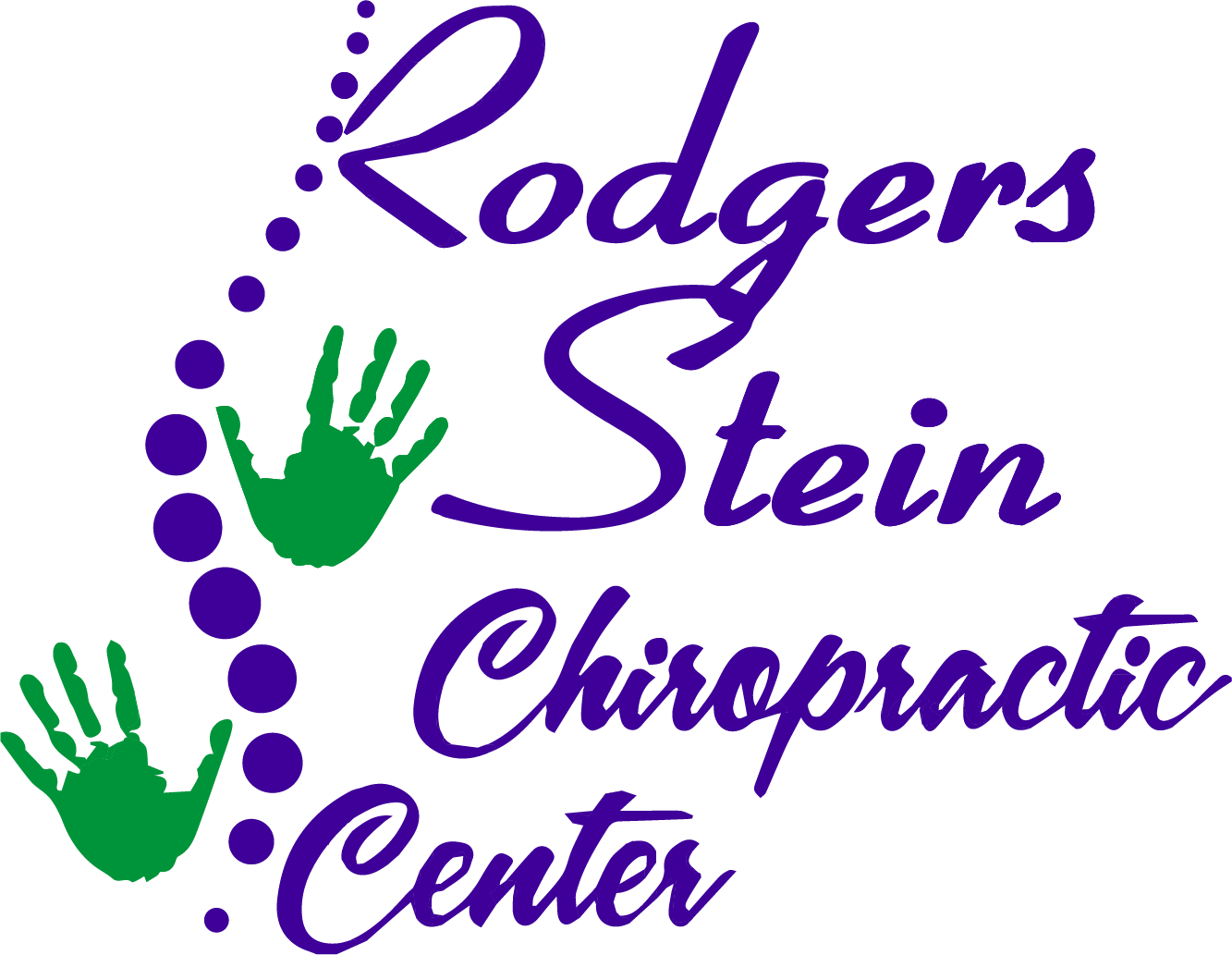If you've ever dealt with the discomfort of tension headaches, you might be curious about how chiropractors can help. They employ a variety of techniques to address the root causes, from spinal adjustments to lifestyle advice. You'll find that their approach not only targets immediate relief but also promotes long-term wellness. Understanding these methods could change how you manage your headaches. So, what are the seven key strategies that these professionals use to alleviate your pain?
Spinal Adjustments
Spinal adjustments are one of the most effective treatments for tension headaches. When you experience these headaches, it often stems from misalignments in your spine, particularly in the cervical region. By addressing these misalignments, chiropractors can help relieve the tension that's contributing to your pain.
During your visit, a chiropractor will thoroughly assess your spine and its alignment. They'll look for any areas of restriction, stiffness, or tension that could be causing your headaches. Once identified, they'll use specific techniques to gently adjust your spine, restoring proper alignment and function. You might feel immediate relief, but the benefits often extend beyond just one session.
Regular spinal adjustments can improve your overall spinal health, enhance your body's ability to manage stress, and reduce the frequency of your tension headaches. When your spine is in alignment, it allows your nervous system to function ideally, which can be vital for headache prevention.
You'll likely notice improved mobility and a reduction in muscle tension, which can greatly enhance your quality of life. Furthermore, many patients report feeling more relaxed and less anxious after their adjustments.
Incorporating spinal adjustments into your wellness routine can be a game-changer for managing tension headaches. By addressing the root causes instead of just masking the symptoms, you're taking a proactive approach to your health.
Soft Tissue Therapy
Soft tissue therapy is an essential component in managing tension headaches.
You'll find that techniques like muscle relaxation and trigger point therapy can effectively relieve tightness and discomfort.
Muscle Relaxation Techniques
When tension headaches strike, finding relief often involves loosening tight muscles that contribute to discomfort. Chiropractors use various muscle relaxation techniques to help you unwind and alleviate those pesky headaches. One effective method is manual therapy, where the chiropractor applies gentle pressure to specific areas, helping to release muscle tension and improve blood circulation.
Another technique is stretching exercises, which you can perform both in the office and at home. Your chiropractor may guide you through specific stretches designed to target the neck, shoulders, and upper back—areas often affected by tension. These stretches help enhance flexibility and promote relaxation.
Heat therapy is another powerful tool in muscle relaxation. Applying heat to tight muscles can increase blood flow and reduce stiffness. Your chiropractor might suggest using a warm compress or heating pad during your sessions.
Lastly, deep breathing exercises can greatly help in reducing muscle tension. By focusing on your breath, you can calm your mind and body, which helps release pent-up stress.
Incorporating these relaxation techniques into your routine can lead to fewer tension headaches and improved overall well-being.
Trigger Point Therapy
As muscle relaxation techniques can ease tension headaches, trigger point therapy takes this relief a step further by targeting specific areas of tightness in your muscles.
During a session, your chiropractor will identify and apply pressure to these trigger points—those tender knots that can cause pain and discomfort. By focusing on these areas, trigger point therapy helps release muscle tension and improve blood flow, which can greatly reduce headache symptoms.
You'll likely find that this targeted approach not only alleviates your headache but also enhances your overall well-being. The pressure applied can lead to a release of endorphins, promoting a sense of relaxation and reducing stress levels.
Additionally, this therapy can help improve your range of motion, allowing you to move more freely and comfortably.
After a trigger point therapy session, you might experience some soreness, similar to what you feel after a workout. This is normal and should subside within a day or two.
Regular sessions can keep your muscles relaxed and decrease the frequency of your tension headaches. So, if you're struggling with this type of pain, consider incorporating trigger point therapy into your treatment plan.
Posture Correction
Good posture plays an essential role in preventing tension headaches, especially for those who spend long hours at desks or hunched over devices. When you slouch or lean forward, the weight of your head can strain your neck and shoulder muscles, leading to discomfort and headaches. By correcting your posture, you can greatly reduce the likelihood of these tension headaches recurring.
Chiropractors often assess your posture during an initial consultation. They'll examine your spine alignment and how you hold your body while sitting, standing, or moving. With their expertise, they'll provide personalized recommendations to improve your posture. This may involve specific exercises to strengthen your core and back muscles, which support your spine.
Incorporating posture corrections into your daily routine can be simple. Start by being mindful of your body alignment when you're sitting at your desk. Your feet should be flat on the ground, and your back should be straight against the chair. Position your computer screen at eye level to avoid looking down, which can lead to neck strain.
Chiropractors may also use manual adjustments to realign your spine. These adjustments help improve your overall posture and alleviate tension that can lead to headaches.
Lifestyle and Ergonomic Advice
To effectively manage tension headaches, you need to contemplate both posture correction techniques and workspace ergonomics.
Evaluating your daily environment can help identify areas for improvement that reduce strain on your body.
Posture Correction Techniques
Many people overlook the impact of posture on tension headaches, yet proper alignment can considerably reduce discomfort. You mightn't realize it, but the way you carry your body plays a significant role in how you feel.
By focusing on your posture, you can alleviate the strain on your neck and shoulders, which are often the culprits behind those nagging headaches.
Here are some posture correction techniques to reflect on:
- Keep your head aligned: Imagine a straight line from your ears to your shoulders. This simple adjustment can relieve undue pressure.
- Engage your core: Strong abdominal muscles support your spine, keeping you upright and reducing tension.
- Avoid slouching: Consciously remind yourself to sit and stand tall. Slouching compresses your spine, leading to discomfort and headaches.
- Take regular breaks: If you're sitting for long periods, get up and stretch every hour to reset your posture and relieve tension.
Implementing these techniques into your daily routine can make a world of difference.
Workspace Ergonomics Assessment
In today's fast-paced work environment, guaranteeing that your workspace is ergonomically sound can make a significant difference in your comfort and productivity.
Start by adjusting your chair so your feet rest flat on the floor, and your knees stay level with your hips. This alignment reduces strain on your lower back, helping to prevent tension headaches.
Next, position your monitor at eye level about an arm's length away. This setup keeps your neck in a neutral position, reducing discomfort. If you're using a laptop, consider a stand or an external keyboard to maintain proper alignment.
Your keyboard and mouse should be within easy reach to avoid overextending your arms. Keep your wrists straight while typing and using the mouse to minimize strain.
Don't forget about lighting; glare can cause eye strain and lead to headaches. Use desk lamps or adjust your screen brightness to guarantee a comfortable viewing experience.
Finally, incorporate regular breaks into your routine. Stand up, stretch, and walk around for a few minutes every hour to relieve tension.
Stress Management Techniques
How can you effectively manage stress to alleviate tension headaches? Managing stress is essential because it directly impacts your body and mind. Stress can tighten your muscles and create a cycle that leads to headaches. By incorporating specific techniques into your daily routine, you can greatly reduce tension and improve your overall well-being.
Here are some stress management techniques you can implement:
- Mindfulness Meditation: Take a few minutes each day to focus on your breath and clear your mind. This practice can help reduce anxiety and promote relaxation.
- Deep Breathing Exercises: When stress levels rise, pause and take deep, slow breaths. This simple act can lower your heart rate and calm your mind.
- Progressive Muscle Relaxation: Tense and relax different muscle groups in your body. This technique helps release built-up tension and increases awareness of physical sensations.
- Guided Imagery: Visualize a peaceful scene or a favorite place. This technique helps transport your mind away from stressors and encourages a sense of calm.
Incorporating these techniques into your daily life can help you regain control over stress and reduce the frequency and intensity of tension headaches.
Exercise Recommendations
Regular exercise is a powerful tool for managing tension headaches and improving overall health. When you engage in physical activity, you increase blood flow, release endorphins, and reduce muscle tension—all of which can help alleviate headache symptoms. Aim for at least 30 minutes of moderate exercise most days of the week. This could include activities like brisk walking, jogging, cycling, or swimming.
Incorporating flexibility and strength training can also be beneficial. Yoga and Pilates are excellent choices, as they promote relaxation and help release tight muscles, particularly in the neck and shoulders, which are common tension headache triggers.
Don't forget to include stretching exercises in your routine; they can enhance your overall flexibility and reduce muscle stiffness.
Pay attention to your body while exercising. If a certain activity seems to trigger headaches, it might be worth adjusting your routine or consulting a chiropractor for personalized advice. You can also consider low-impact exercises like tai chi, which combine movement with deep breathing and mindfulness, further helping to reduce stress levels.
Lastly, remember to stay hydrated and maintain a consistent exercise schedule. Consistency is key to reaping the benefits of physical activity.
Nutritional Guidance
A balanced diet plays an essential role in managing tension headaches and overall health. When you nourish your body with the right foods, you can help reduce the frequency and intensity of headaches. Nutritional guidance from your chiropractor can be a game-changer in your headache management plan.
Here are some key dietary tips to reflect upon:
- Stay Hydrated: Dehydration can trigger headaches, so make sure you're drinking enough water throughout the day.
- Limit Caffeine and Alcohol: Both can contribute to dehydration and exacerbate headache symptoms. Moderation is key.
- Eat Regularly: Skipping meals can lead to low blood sugar, which may cause headaches. Aim for balanced meals and healthy snacks.
- Incorporate Magnesium-Rich Foods: Magnesium can help relax your muscles and prevent headaches. Include foods like spinach, nuts, and whole grains in your diet.
Conclusion
Incorporating these chiropractic methods can greatly alleviate your tension headaches. By focusing on spinal adjustments, soft tissue therapy, and posture correction, you can improve your overall well-being. Don't forget to embrace lifestyle and ergonomic advice, practice stress management techniques, stay active with regular exercise, and pay attention to your nutrition. With these strategies, you'll not only reduce headache frequency but also enhance your quality of life. Start today and take control of your health!



